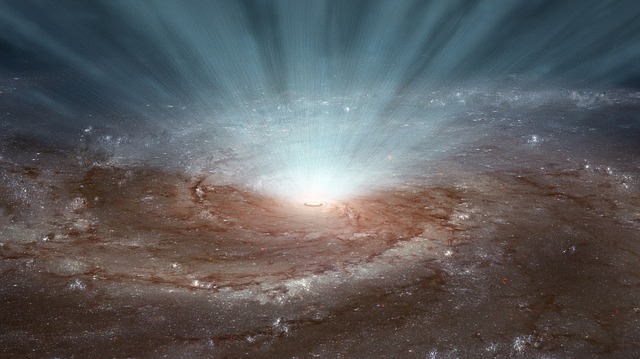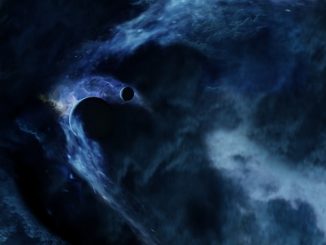
First discovered in 2013 by Austrian physicists, the blackbody force is a force exerted by blackbodies — objects that are described as perfectly opaque because they absorb incoming light in its entirety, without reflecting or emitting any of it. A blackbody, as it’s aptly called, appears black at room temperature.
Based on what’s known about it so far, a blackbody emits a kind of thermal radiation that could repel nearby objects like atoms and molecules. Strangely enough, a blackbody is also capable of exerting an attractive force. Supposedly, this attractive force arises when the heat absorbed by a blackbody causes it to emit electromagnetic waves that shift the energy levels of nearby atoms and molecules, which in turn causes these atoms and molecules to be pulled or attracted to the blackbody.
Calling the repulsive force as blackbody radiation and the attractive force as blackbody force, scientists showed that this blackbody force (pull) can be stronger than the blackbody radiation (push). And for tiny particles, this type of force can even be stronger than the pull of gravity.
In a new research recently published in Europhysics Letters, a different team of physicists have demonstrated something new about the blackbody force. Rather than simply being dependent on an object’s geometry, they have theoretically shown that the strength of the blackbody force is also affected by the blackbody’s surroundings.
For their research, the scientists studied spherical and cylindrical blackbodies, focusing on how much their topology — the warping of space around them — impacts their blackbody force.
What they discovered was that when it comes to spherical blackbodies, the denser the blackbody is — and accordingly, the more curved or warped the space around it is — the stronger the blackbody force. When it came to cylindrical blackbodies, however, such magnifying effect did not seem to be present. In fact, as a cylindrical blackbody becomes thinner to the point of becoming a ‘cosmic string’, the blackbody force disappears completely.
The significance of these findings — the effects of which can’t even be detected in a lab or for objects as massive and dense as our own Sun — lies in its potential to provide us with a wider understanding of how strange forces behave and affect different kinds of objects across the universe.
As lead author C. R. Muniz told Phys.org: “…[T]he intensification of the blackbody force due to the ultradense sources can influence in a detectable way the phenomena associated with them, such as the emission of very energetic particles, and the formation of accretion discs around black holes. That force can also help to detect the Hawking radiation emitted by these latter objects, since we know that such radiation obeys the blackbody spectrum.”
- Bulenox: Get 45% to 91% OFF ... Use Discount Code: UNO
- Risk Our Money Not Yours | Get 50% to 90% OFF ... Use Discount Code: MMBVBKSM
Disclaimer: This page contains affiliate links. If you choose to make a purchase after clicking a link, we may receive a commission at no additional cost to you. Thank you for your support!




Leave a Reply